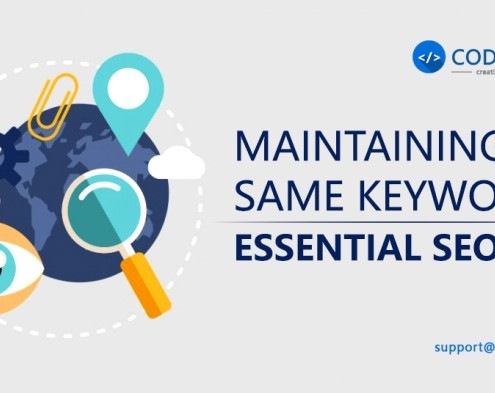How to Reach Your Target Audience on Social Media
This article highlights some of the most significant steps to reach your target audience on social media. Social platforms have become one of the core parts of our lives, dedicated to serve purposes for personal and professional connections. It has proved to be a powerful tool for businesses to connect with their target audience and establish a communication. However, with the increasing volume of content being shared across all social media platforms, it is extremely challenging to stand out and reach your desired audience. In order to succeed in this digital setting, it is important to implement well-crafted strategies that allow to reach your target audience on social media effectively.
1. Define Your Target Audience
The first step to reach your target audience on social media is to segment your customers based on the demographics, geographic location and psychographics. It is easier to target your customers based on the segmentation. Once this step is taken care of then you can create your content and craft a targeted message to resonate with your audience’s needs and preferences.
2. Choose the Right Platforms
Every social media platform behaves differently and has a different purpose. That is why each platform attracts different demographic and caters to specific types of content. You need to research and understand which platform is perfect to target your audience. For instance, if your audience is primarily professionals, platforms like LinkedIn might be more effective, while visually appealing products and services could benefit from Instagram or Pinterest.
3. Craft Relevant and Engaging Content
Once you have defined your target audience and chosen the right platforms, the next step is to create content that appeals to them. Your content should offer value, offer solutions, and present in the form of an informative, entertaining, or inspiring subject. It is recommended to use a mix of formats such as videos, images, infographics, and written posts to make the content interesting to read. It needs to be in simple language for every target customer’s easy understanding. Also, make sure your content aligns with your brand’s message and the interests of your target audience.
4. Utilize Data and Analytics
Social media platforms provide valuable insights into your audience’s behavior and engagement patterns. Use these analytics to measure the performance of your posts and campaigns. Monitor metrics like engagement rate, click-through rate, and follower growth to determine what is working and what needs improvement. Tweak your strategies based on these insights to optimize your approach.
5. Leverage Paid Advertising
While organic reach is essential, paid advertising can significantly amplify your efforts. Social media platforms offer highly targeted advertising options that allow you to reach specific demographics, interests, and behaviors. Set a clear budget and define your objectives before creating ads. You can also put your campaigns through A/B testing, create few options for visuals, and copy to find out what compliments best with your target audience.
6. Engage and Interact
Social media is a two-way street. Don’t just broadcast content, you need to engage with your audience as well by responding to customer comments, messages, and mentions. This interaction humanizes your brand and builds a stronger connection with your followers. The act of replying encourages discussions and generates specific insights from your customers that you might be unaware of. If possible, request your loyal customers to write positive feedback on the products and services experienced. User-generated content in recent times in one of the valuable elements of content strategy.
7. Content Calendar
Consistency is essential for maintaining your posts on social media platforms on regular basis. For that reason, you need to develop a content calendar and posting schedule to establish that you are active and consistent in disseminating information. Regular updates keep your brand fresh in their minds and demonstrate your commitment to providing value.
8. Utilize Hashtags
Hashtags are very useful as they will help you to find out the present trends and most searched keywords on your content topics on those particular platforms. Research relevant hashtags that your target audience might use or follow. Using these hashtags in your posts can expand your content’s reach beyond your existing followers, exposing it to a broader audience interested in similar topics.
9. Collaborate and Partner
Collaborations with influencers or personalities can help you tap into new audiences. Look for influencers whose followers align with your target demographic and collaborate with them for campaigns or content. These partnerships can introduce your brand to a wider and engaged audience. But you also need to understand that every influencer cannot campaign your brand. You need to find somebody who has the personality traits that are similar to your brand attributes.






















